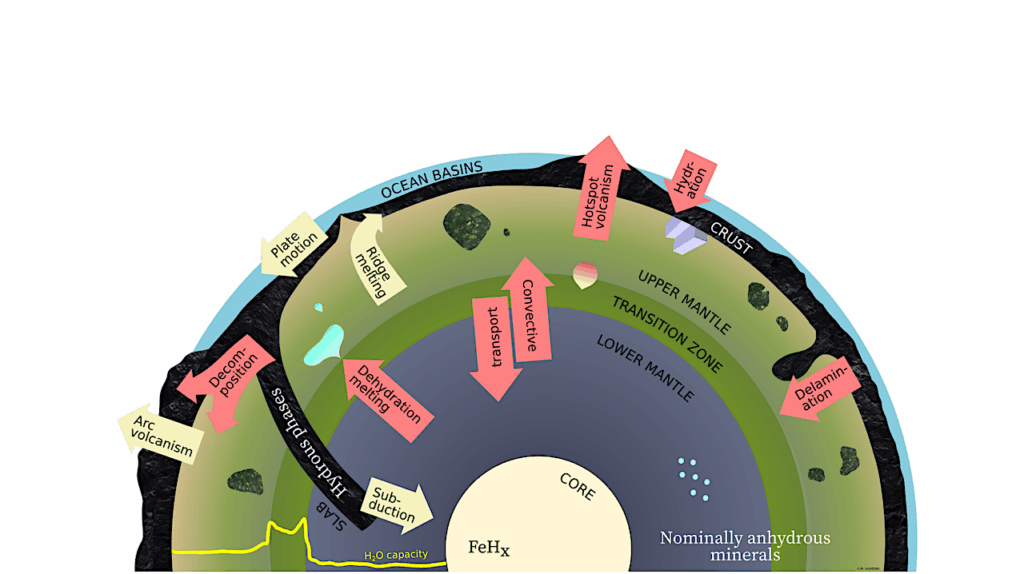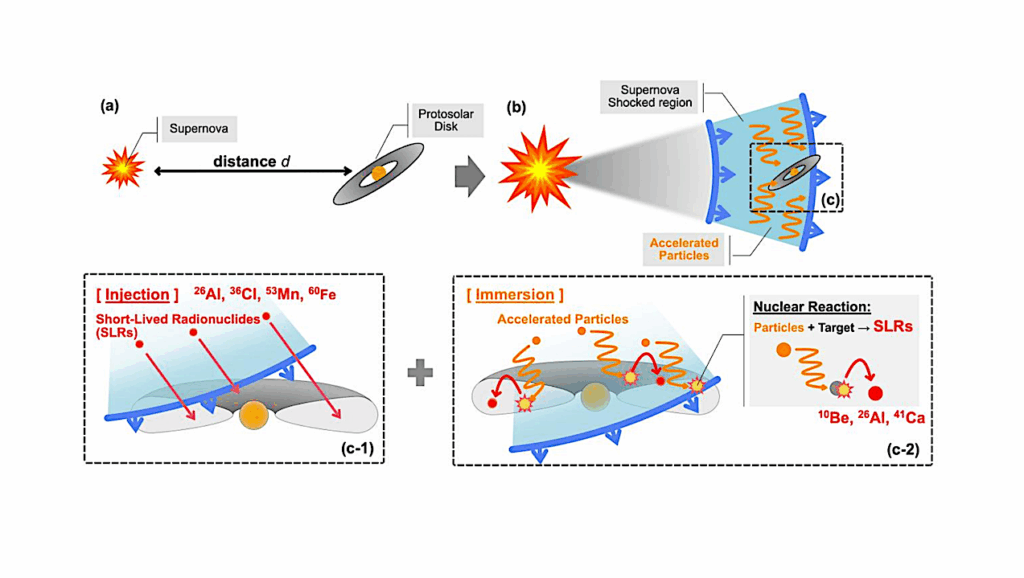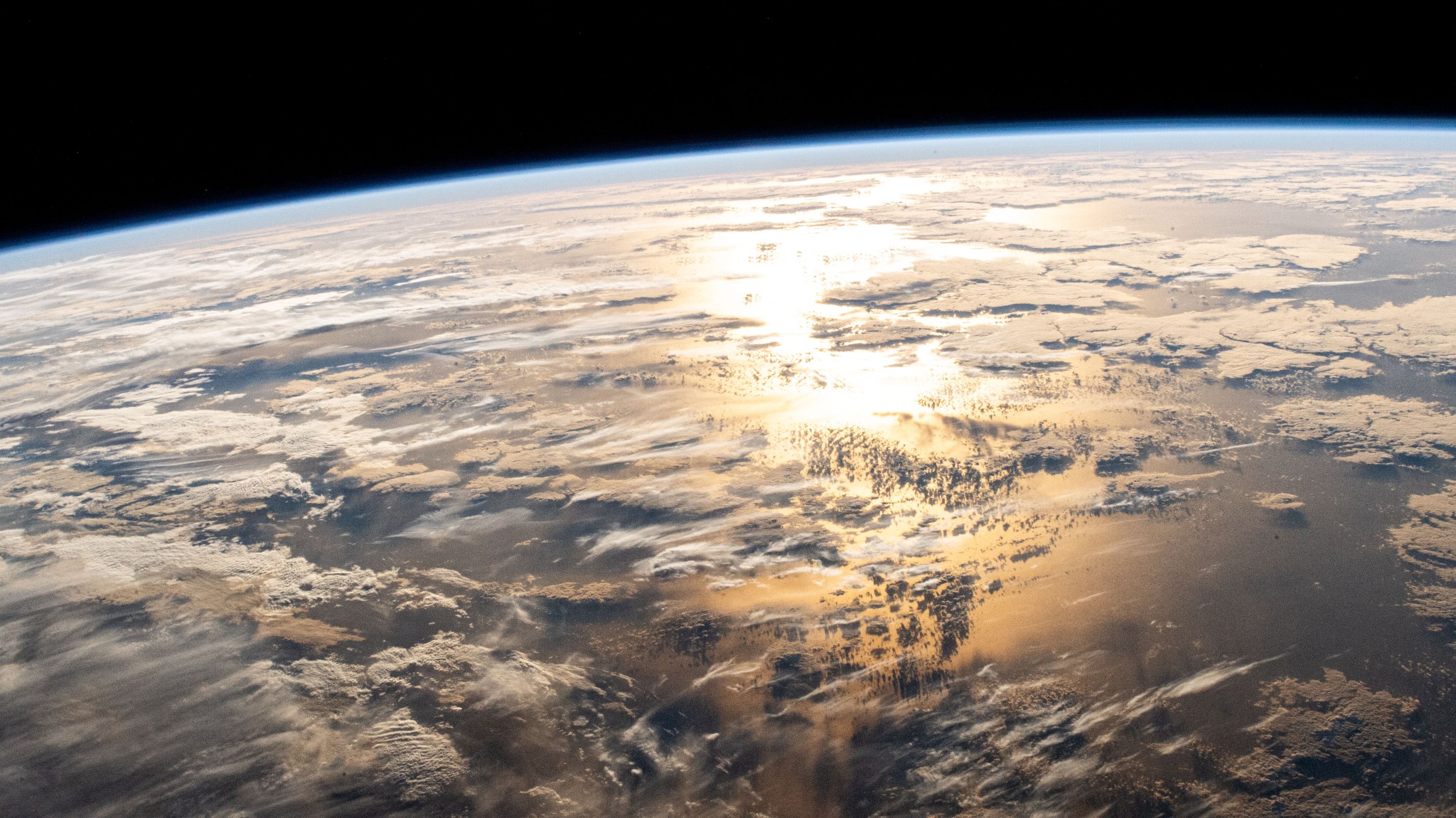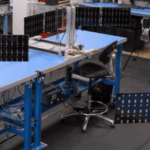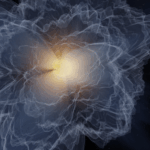Now Reading: Upper Limits On CN From Exocomets Transiting Beta Pictoris
-
01
Upper Limits On CN From Exocomets Transiting Beta Pictoris
Upper Limits On CN From Exocomets Transiting Beta Pictoris

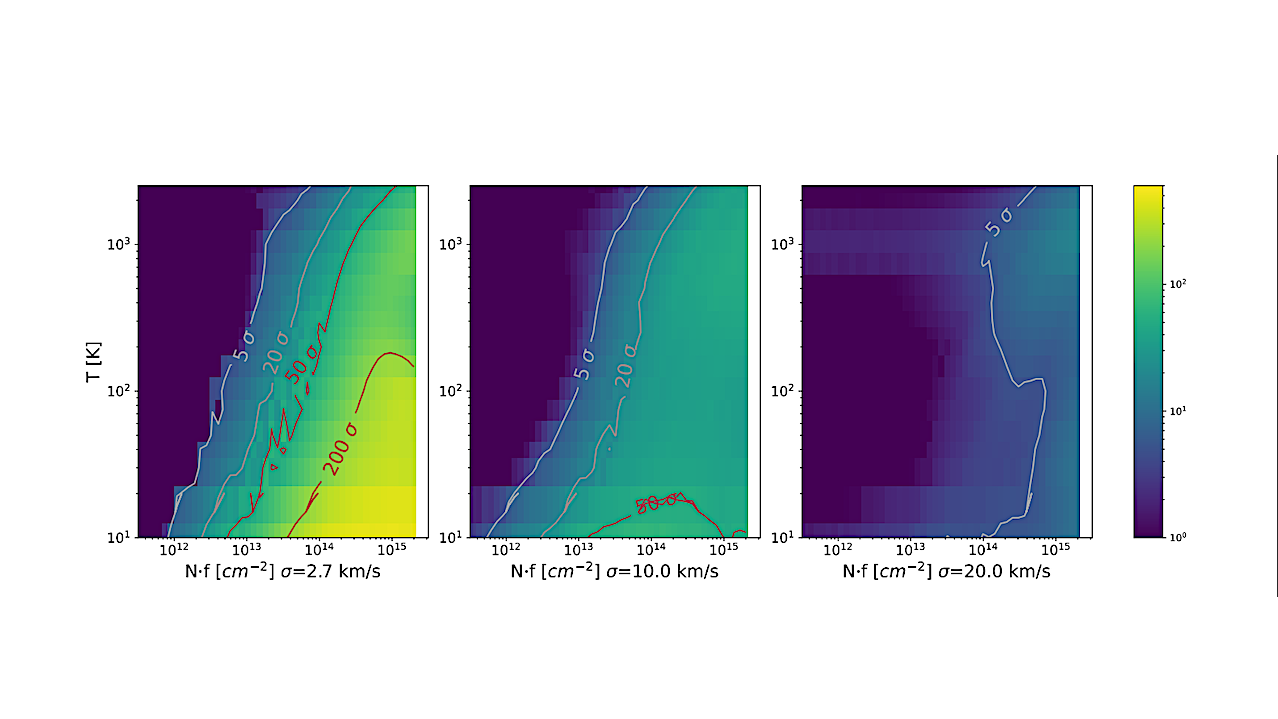
CN measurement limits in the exocomet frame for a CN line width of 2.7, 10 and 20 km s−1. Contours show signal-to-noise upper limits. — astro-ph.EP
The young (23 Myr) nearby (19.4 pc) star β Pictoris hosts an edge-on debris disk with two gas giant exoplanets in orbit around it. Many transient absorption features have been detected in the rotationally broadened stellar lines, which are thought to be the coma of infalling exocomets crossing the line of sight towards Earth.
In the Solar System, the molecule cynaogen (CN) and its associated ionic species are one of the most detectable molecules in the coma and tails of comets.
We perform a search for cyanogen in the spectra of β Pictoris to detect or put an upper limit on this molecule’s presence in a young, highly active planetary system. We divide twenty year’s worth of HARPS spectra into those with strong exocomet absorption features, and those with only stellar lines.
The high signal-to-noise stellar spectrum normalises out the stellar lines in the exocomet spectra, which are then shifted and stacked on the deepest exocomet absorption features to produce a high signal-to-noise exocomet spectrum, and search for the CN band head using a model temperature dependent cross-correlation template.
We do not detect CN in our data, and place a temperature and broadening dependent 5σ upper limit between 1012 cm−2 and 1013 cm−2, to be compared to the typical 109 – 1010 cm−2 expected from scaling of the values in the Solar System comets.
M. A. Kenworthy, E. de Mooij, A. Brandeker, C. Opitom, F. Kiefer, A. Fitzsimmons
Comments: 9 pages, 8 figures, 1 table, accepted for publication in A and A. The paper is in a reproducible workflow repository at https://github.com/mkenworthy/BetaPicCN
Subjects: Earth and Planetary Astrophysics (astro-ph.EP)
Cite as: arXiv:2504.14299 [astro-ph.EP] (or arXiv:2504.14299v1 [astro-ph.EP] for this version)
https://doi.org/10.48550/arXiv.2504.14299
Focus to learn more
Submission history
From: Matthew A. Kenworthy
[v1] Sat, 19 Apr 2025 13:50:42 UTC (1,405 KB)
https://arxiv.org/abs/2504.14299
Astrobiology, Astrochemistry,
Stay Informed With the Latest & Most Important News
Previous Post
Next Post
-
 012024 in Review: Highlights from NASA in Silicon Valley
012024 in Review: Highlights from NASA in Silicon Valley -
 02Panasonic Leica Summilux DG 15mm f/1.7 ASPH review
02Panasonic Leica Summilux DG 15mm f/1.7 ASPH review -
 03From Polymerization-Enabled Folding and Assembly to Chemical Evolution: Key Processes for Emergence of Functional Polymers in the Origin of Life
03From Polymerization-Enabled Folding and Assembly to Chemical Evolution: Key Processes for Emergence of Functional Polymers in the Origin of Life -
 04How New NASA, India Earth Satellite NISAR Will See Earth
04How New NASA, India Earth Satellite NISAR Will See Earth -
 05And Thus Begins A New Year For Life On Earth
05And Thus Begins A New Year For Life On Earth -
 06Astronomy Activation Ambassadors: A New Era
06Astronomy Activation Ambassadors: A New Era -
07SpaceX launch surge helps set new global launch record in 2024












